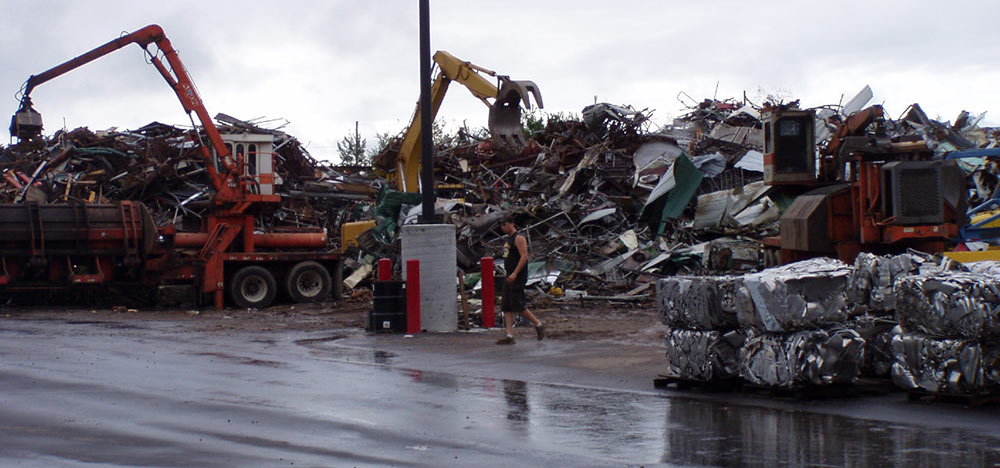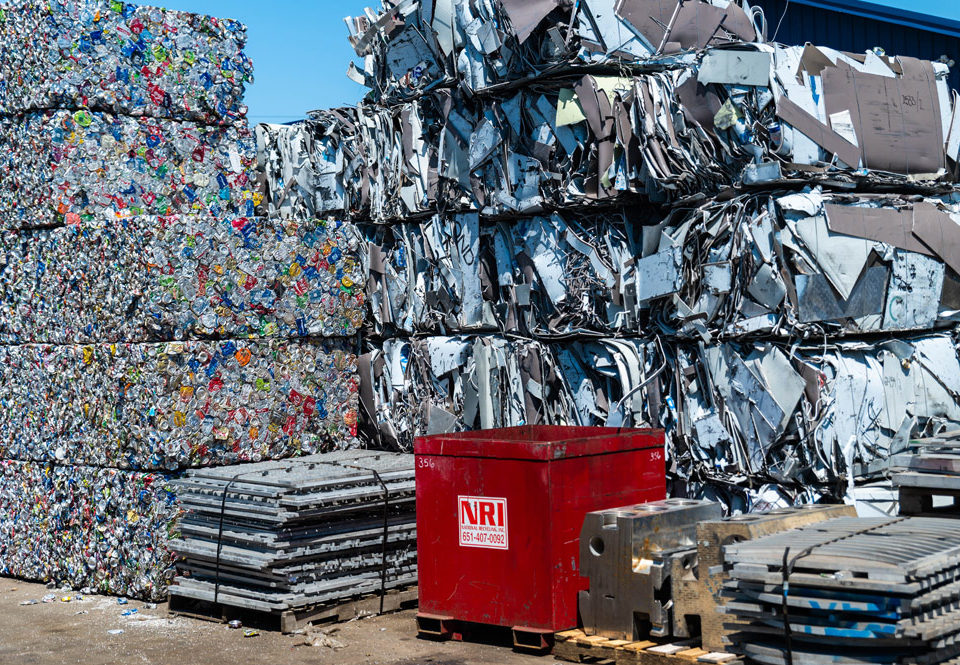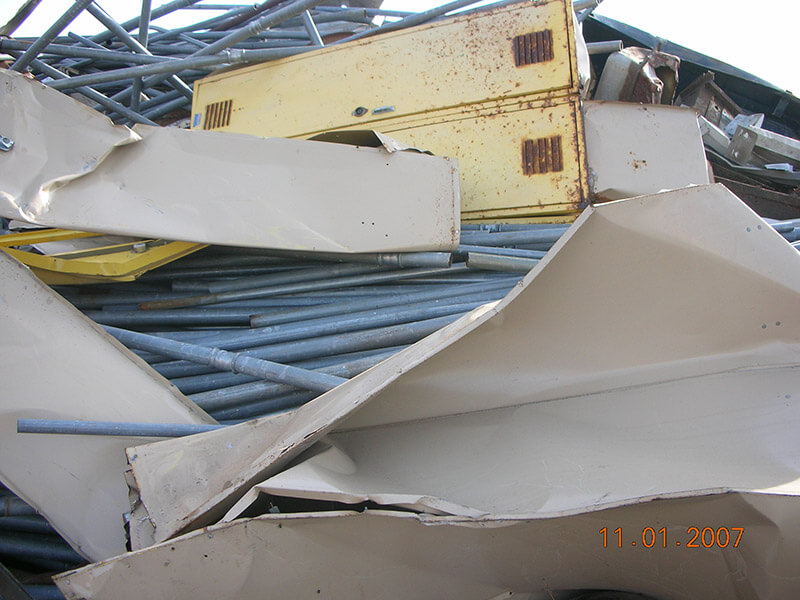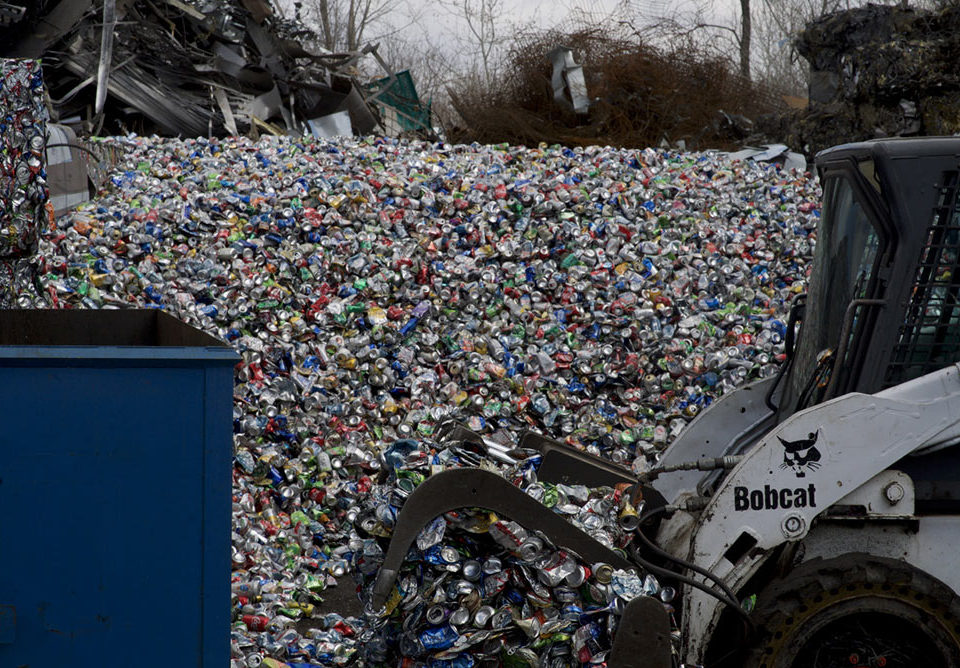
If something is headed to the scrapyard, that means its useful life has ended. Scrap has become a term for something with no purpose or value. Today, that’s not the case. Scrap metal can be used for many different purposes.
Scrap metal is a valuable material for many reasons. Metal can be recycled and reused many times. Plastic, for example, has a limited recycling capacity. Second, by reusing scrap, you can avoid damaging and expensive mining processes to get raw materials.
What exactly is scrap metal recycling?
Scrap metal recycling is a process that involves recovering and processing recyclable metals from products that have reached the end of their life cycle, whether they are raw metals or alloys. These materials can be repurposed and reconfigured into new metal structures and goods. Scrap metal can be recycled in many ways, including curbside pickup schemes, drop-off recycling facilities, and take-back schemes.
Why recycle scrap metal?
We’ll explain the benefits of recycling in more detail below. The planet and the wider environment will benefit from recycling materials we already own, rather than obtaining new ones. It is also much more cost-effective and efficient to recycle and reuse metals rather than to process raw materials into the same products.
What type of scrap metals can I recycle
Metals that are recyclable can generally be divided into two types: ferrous and non-ferrous. The ferrous metals, like cast iron and stainless steel, are made from iron. Iron is the second-most common metal in the Earth’s crust. It is also highly magnetic. Metals like these are widely used in furniture and appliances, construction materials, and transport parts such as tires and engines.
These scrap metals include aluminum, tin and copper. They are more valuable because they can be recycled endlessly without losing their chemical properties. They only account for one tenth the metals that are recycled in the US but they represent half of the value of scrap metal.
Metal products that are generally recyclable include:
- Appliances — Many everyday domestic appliances, such as toasters, refrigerators and washers or dryers, contain recyclable metals which can be removed and recycled.
- Aluminum cans — The aluminum in cans is highly recyclable, and the metal retains its integrity no matter how many times it’s recycled.Some collection centers also offer small deposits to return scrap aluminum, which is highly valued.
- Batteries – Several types of lead batteries can be recycled.These batteries must be taken to specialist recycling centers for processing.
Some scrap metals cannot be recycled. This includes radioactive metals like plutonium or uranium. It also includes toxic metals like mercury.
Recycling of scrap metal
Generally, the scrap metal recycling process follows this format. However, depending on the materials or products being processed, it may follow a different system.
1.Collection and separation
Metals must be collected and separated into containers that are suitable for metals. The process will continue to separate the metals using magnets or electrical currents.
2.Preparation
To make melting metal easier, it is necessary to cut the metal into smaller shapes. This is achieved most often by shredding, or torching. After it has been prepped, it can then be moved on to the next step.
3.Melting and refining
Impurities rise to the surface of the liquid and can be removed. Electrolysis is one process that can be used to refine the metal further, depending on its quality. The recycled metal has now been refined to a level that is close to the virgin metal.
4.Solidifying
It can be in the form of wires, coils, sheets, or bars. It can also be shaped into specific shapes based on its next use. Now it is ready for use again.
Contact a member from the NRI team for more information on our metal recycling service or to learn more about how recycling your scrap can benefit the environment and save you money.



